Permaculture Farming is a symbiotic approach to food production which encourages the efficient use of available resources. It aims to produce a diversity of products with a limited or positive impact on the environment and community.
The concept of Permaculture was officially introduced by Bill Mollison and David Holmgren in the 1970s, advocating permanent agriculture as the key to establishing long-lasting communities.
According to Mr. Mollison, we need to shift from consumption to production if we want proper food security.
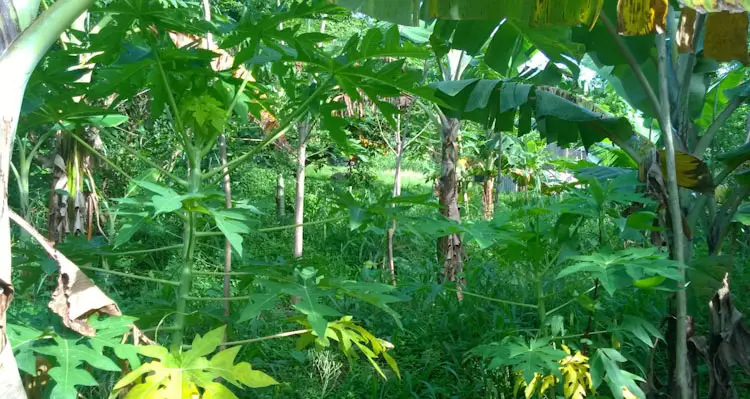
In this article, we will discuss:
- The Core Principles Of Permaculture Farming
- Does Permaculture Really Work?
- How To Become A Permaculture Farmer
- Cons Of Permaculture Farming
The Core Principles Of Permaculture Farming
Permaculture has evolved considerably, with numerous guiding principles emerging from the core teachings. Most of these apply to both community and farm design.
Many practitioners now reference the updated 12 Permaculture Principles, published by Mr. David Holmgren in 2002, as the holy grail of Permaculture Design.
However, the design principles outlined in the book, Introduction To Permaculture by Bill Morrison and Reny Mia Slay, are often referenced when explaining the farming aspect of Permaculture.
See Also: What Are The 12 Principles Of Permaculture? A Practical Explanation
1. Relative Location
First and foremost, Mr. Mollison encourages us to think about how the various parts of a farming system interact instead of viewing them in isolation. While we need to look at the big picture, we also need to arrange individual components based on how they benefit each other.
For example, you might decide to set up a chicken composting system close to your garden, within walking distance from your kitchen. In so doing, you have easy access to harvest fruits, vegetables, and eggs, while disposing of kitchen and garden scraps.
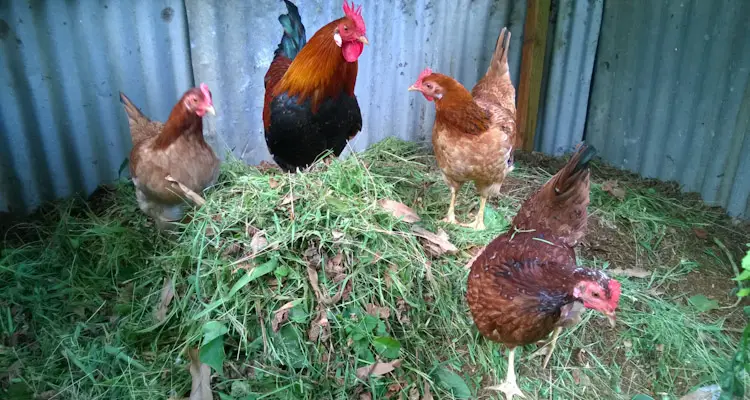
This principle will guide your design to ensure you make the best possible use of your available resources. However, you should set a realistic time limit, or you can get stuck planning an ideal system but never actually do anything.
2. Each Element Performs Multiple Functions
Permaculture Farming is about optimizing resources, including the space you have at your disposal. This means you will need to plan to get as much from each element in your system as possible.
For example, you might plant supporting trees like Leucaena Leucocephala in your system. These trees help protect soil from erosion, provide fodder for ruminants, and produce biomass when pruned and firewood when coppiced. Their pods also have culinary and medicinal benefits.
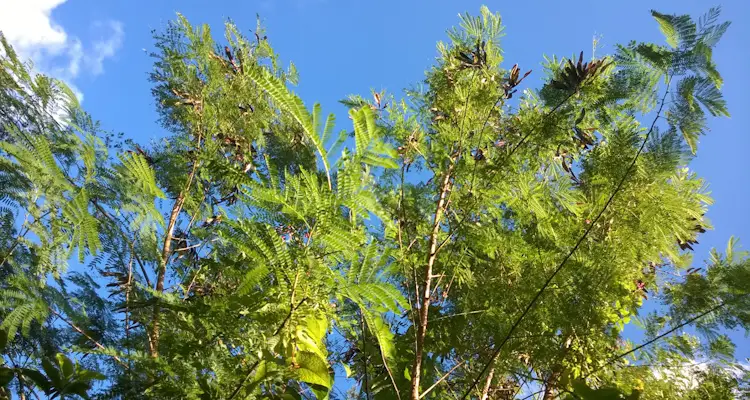
Of course, this principle also applies to structures, tools, and personnel. It helps to guide purchases and decision-making, keeping you focused on selecting versatile components which benefit the entire system.
See Also: Leucaena Leucocephala: How To Grow, Use, And Remove (Guide)
3. Each Important Function Is Supported By Many Elements
Mr. Mollison emphasizes the importance of “redundancies” in Permaculture farming, with several elements supporting the primary function as a type of backup.
For instance, to supply protein needs, you may decide to rear chickens, which can provide both eggs and meat. However, as a backup, you might decide to plant Moringa, peas, and beans or engage in small-scale aquaculture. Thereby having an ongoing source of protein should one fail.
You may have also noticed that each individual element can serve several other functions within the farm’s ecosystem.
4. Efficient Energy Planning
Permaculture farms are designed in such a way to make efficient use of energy, placing elements that need to be visited regularly closer to the central operating location. While this includes making provisions for natural features, such as the land’s general slope, most decisions are made concerning energy optimization.
For example, a chicken coop, plant nursery, and vegetable gardens are components of a farm you visit daily. These should be placed closer to your home or area of operation. On the contrary perennial food forests, orchards, and grazing pastures can be placed much further away.
This principle also uses Relative Location, where water tanks can be placed further up a slope or at a higher elevation to use gravity. Allowing ongoing supply of water even during power outages.
5. Using Biological Resources
Permaculture Farming uses several biological resources to save time, energy, and money. These agents might include microorganisms, plants, and animals that provide fertilizer, windbreaks, fuel, erosion control, etc.
For instance, chickens will gladly shred compost materials. At the same time, microbes, earthworms, and black soldier flies will help to break the organic material into a valuable soil amendment.
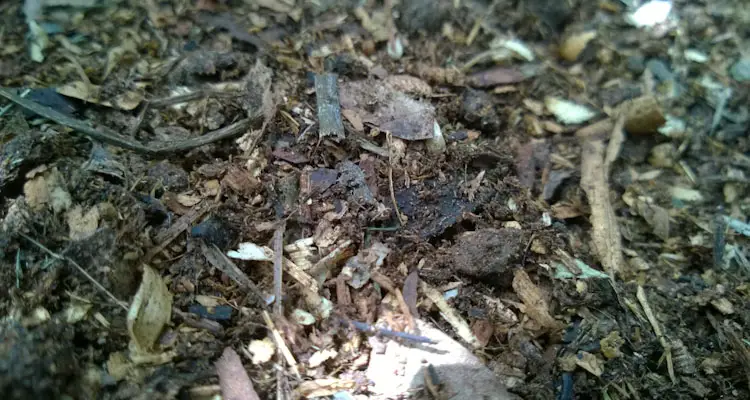
There are many ways we can use biological resources if we genuinely desire to work in harmony with nature, thereby working smarter instead of harder.
6. Energy Cycling
Permaculture seeks to limit the flow of nutrients and energy out of the system as much as possible. It aims to capture, store, and use resources in various forms.
For example, solar energy is captured by the leaves of plants and converted into various edible products. When harvested, these products are consumed, with extra being converted to multiple secondary products such as vinegar, pickles, powders, etc. Waste material can be turned into fertilizer or composted and returned to the soil.
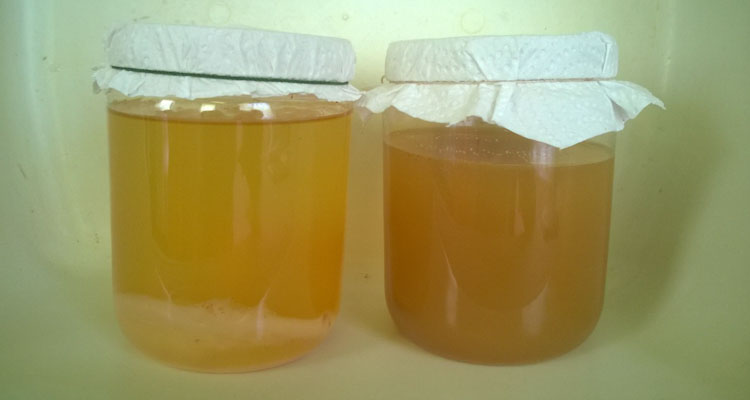
However, these energy and nutrient cycles are seldom 100% complete since we sell products off-site and hardly use human waste due to cultural norms. Thankfully, this “loss” is offset by items we continuously introduce to the system.
See Also: How To Make Vinegar At Home In 7 Easy Steps (With Pictures)
7. Small Scale Intensive Systems
Permaculture Farmers are advised to make efficient use of as much land as they can control without the need for extensive monetary resources and external inputs. As a result, Mr. Mollison proposed that it is best to have multiple small farms in an area rather than large acreages which cannot be used properly.
Mr. Mollison suggests that we start at our door and gradually expand our gardening space until we reach our limit. In the book, he cites the intensive farming practices of people in the Philippines, who provide food for their families in less than 12 m².
In fact, he stated that if you are not in the position to develop and maintain a large site, you should leave it alone. Instead, focus on what you can handle efficiently.
See Also: How To Create A Syntropic Garden (A Beginner's Guide)
8. Accelerating Succession And Evolution
In recent years, food forests have become a symbol of Permaculture systems, with many practitioners advocating its use in regenerating soils and increasing yields. This became even more popular due to various Agroforestry practices.
By encouraging natural succession, Permaculture farmers essentially allow nature to balance itself. This balancing is done to the point at which it would be most resilient to climate change, pests, and diseases while being most productive.
This is contrary to the conventional system, which habitually resets the system to grow the same or similar crops, requiring more agricultural inputs with each new growing season.
See Also: 10 Differences Between Syntropic Farming And Permaculture
9. Diversity
On the surface, Diversity might be interpreted as Polyculture. However, in Permaculture Farming, Diversity deals with various elements and their functions within the ecosystems.
For example, in a food forest, we have an assortment of trees of various heights, nutritional needs, and uses. Some might provide food, fuel, and fiber. In contrast, others might provide biomass, shade, and soil protection or create habitats for microbes and other beneficial creatures.
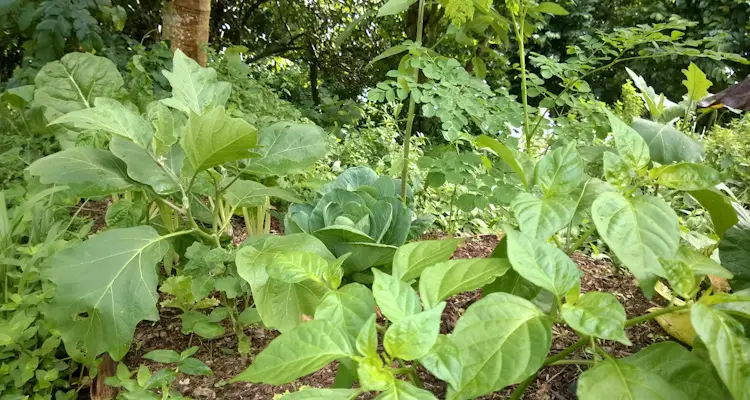
This Diversity is responsible for the success of Agroforestry systems such as Syntropic Farming, which share similar philosophies to Permaculture.
See Also: What Is Syntropic Farming? A Detailed Introduction
10. Edge Effects
Permaculture farming makes the best use of edges, both natural and artificial. These edges are anywhere two ecosystems meet and are easily identified. E.g., where bodies of water meet land, gardens meet hedge rows, forests meet grassland, etc.
However, the same can be said about where a composting system meets the garden. These artificial edges are often teeming with creatures and bursting with fertility. You may have even noticed that pumpkins planted next to compost piles grow more extensively and abundantly than usual.
When planning your Permaculture system, you need to keep this Edge Effect in mind to use some of the most productive spaces on your future farm.
Does Permaculture Really Work?
Permaculture can work if you are willing to put aside personal biases and ideologies and focus on the main objective, which is to obtain a yield.
If the principles are followed, the resulting yield will be diverse, albeit far less in one particular product when compared to conventional agriculture, but more abundant overall. It can be profitable since you are encouraged to limit spending as much as possible.
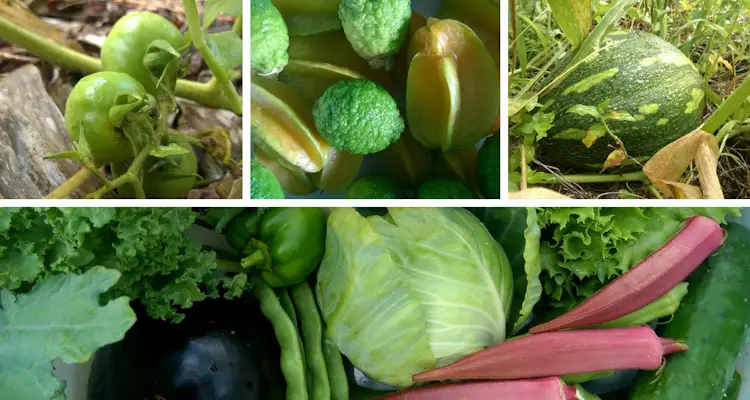
However, you must realistically strike a balance to not waste your most valuable resource, time. In trying to save a few dollars, we risk becoming inefficient, which is against Permaculture principles.
How To Become A Permaculture Farmer
Ideally, to become a Permaculture Farmer, you should try to enroll in a practical course or apprenticeship in a location with a similar climate to where you intend to set up your Permaculture farm. This will give you valuable experience and confidence to develop your own system.
Alternatively, you can gather as much information as possible by researching Permaculture Farming Books, Videos, and Courses and following the experiences of others. Then apply what you have learned in multiple trial and error experiments. You can do this on a small scale by following Instructions from online Permaculture Design Courses or tutorials.
Apprenticeship is by far the most effective and rewarding approach. Still, it can be a bit costly and difficult to get to certified locations. However, suppose you are genuinely willing to learn at your own pace, regardless of the time. In that case, you can choose an interactive online Permaculture Design Course.
Cons Of Permaculture Farming
Based on the Permaculture Principles, you’d think this is the answer to all the world’s problems. Especially since these principles were drawn from cultures and ecosystems that have stood the test of time. Unfortunately, Permaculture works much better in theory than in practice.
Permaculture Farming is fundamentally different from conventional agriculture, resulting in opposition from farmers, who cannot justify the high initial implementation, operational, and labor costs. While they agree with the long-term outlook, they must pay their bills and feed their families.
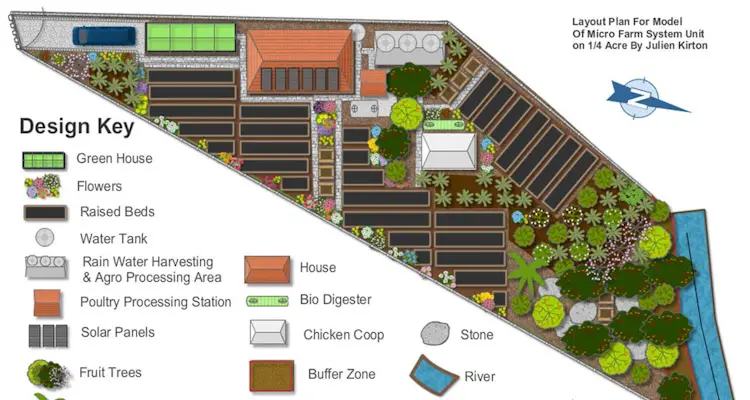
Some Permaculture promoters also lead with the philosophies and ideologies associated with Permaculture, which might not align with local customs and beliefs. In some instances, this ideology may differ from accepted religious beliefs and practices, resulting in opposition to everything related to Permaculture.
Final Thoughts
Permaculture Farming has the potential to be one of the most feasible Agricultural practices. Still, it lacks the familiarity and support of many conventional farmers.
As the world is plunged deeper into challenging times, it is needed now more than ever as we seek to make better use of our resources.
However, we must be mindful that ultimately we can decide how much or how little we take from the principles and philosophies.
Related Questions
What Is The Difference Between Permaculture and Traditional Farming
Permaculture and Traditional farming are fundamentally the same, with both drawing from land management practices of indigenous people. However, using modern science, technologies, and other resources, Permaculture takes it further. It refines these “primitive” practices, making them more efficient and practical for people of various cultures.
References
Permaculture Association. Permaculture Principles. permaculture.org. Accessed July 2022
Mollison, Bill and Reny Mia Slay, Introduction To Permaculture, Tamari Publications. 1991

